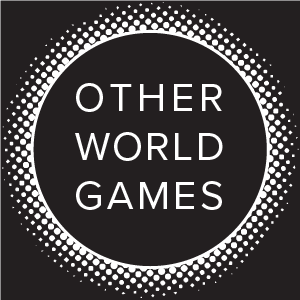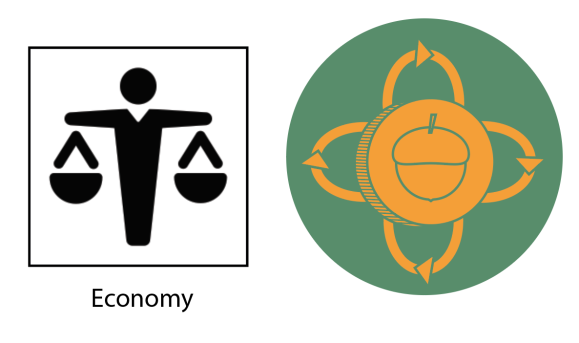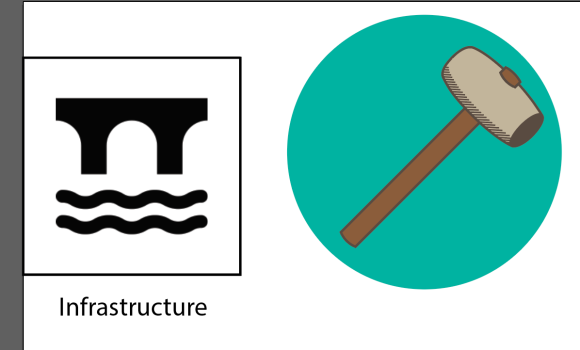Finally! Is that why you haven’t written a post in forever?
I didn’t physically get my ass kicked.
Damn, you need a good whoopin’ though
I played a 1v1 of my latest game build against a volunteer play tester at a local event for board game designers to work out the kinks in their games. I got my ass kicked in two ways:
- I lost the game…the game that I made
- The play tester had a lot of feedback that has made me completely rethink my game
I think you should scrap making a board game and take up bare knuckle boxing
In terms of most types of testing, you typically want to test multiple times before deciding what needs to be changed. I believe that this play tester, who is an avid board game player and has no reason to pull their punches, had the ability to directly articulate the feedback that my friends and family (some of which aren’t hardcore board game players) have all been trying to provide me in one way or another.
I think the most helpful points of feedback were that they told me what they liked, as opposed to everything that they didn’t like. There were also things that I noticed during the playtest as well that I really wanted to change.
At points during the game, we were having fun and full of banter, at other times — I personally felt arrested. As if I could see every crack, every creaky plank, every squeaky wheel in my game but I had to keep playing.
What are you going to do about it? (Boxing is still on the table here)
Let me just lay out what they liked and what they disliked.
What they liked:
- The blind auction-like voting
- The currency and power manipulation
- The hidden identity and hidden win conditions
What they didn’t like:
- During the mid game, we both had more currency than we know what to do with
- The veto mechanic and general power struggle was purely about who has at least one more coin than the other (especially so in a two-player game)
- The guilds didn’t interact at all with one another
- Aside form offering different types of tokens for purchase, the guilds weren’t distinct enough in their mechanics or thematic alignment — they mainly just seemed like means to an end
- Crisis resolving seemed like a huge limiter in the game: Since they were random and the different types of crisis were extremely necessary for players to advance their win conditions, it was frustrating when a player had to wait forever until the next crisis type presented itself
- The end seemed like a slog, like we were going through the motions
- A lot of random elements, which lead to a lot of meaningless choices
- When the play tester won, it was completely anti-climatic (there was an ability that they could easily exploit to win, which I couldn’t stop)
I repeat, what are you going to do about it?
First and foremost, I’m going to focus on what everyone likes. I’m going to remove four of the token types, leaving only four types of tokens in the game. I’m removing a direct monetary currency and replacing it with a far more intricate system of mechanics that involve general wealth, debt, reputation, and education. How players resolve crises will grant them all specific stats, which they can apply in a number of ways or trade in for a different type of stat. What types of stats they have and what guild their in will determine what combinations of tokens they’ll get.
I’m also opening it up such that every type of crisis can be solved in any way, and different outcomes occur depending on which token “wins” the draw.
Lastly, since there will no longer be coins that players spend to buy tokens or veto, I’m adding a four-way “paper, scissors, rock” style mechanic where players can cancel out or completely replace specific tokens during the draw. (Cancelled tokens are discarded, replaced tokens override the token drawn but can be replaced again!)
OK, OK — I get it…get back to work already
A lot of good things underway. My next build will definitely be a huge departure from the current one. But that’s how it should be after a good ass-kicking, right?

















